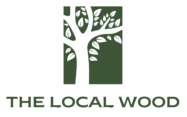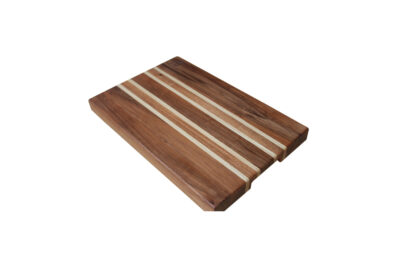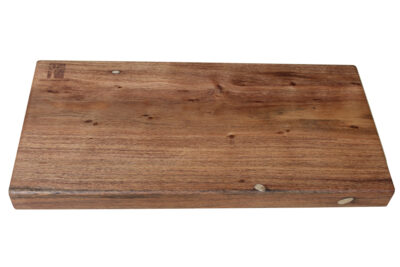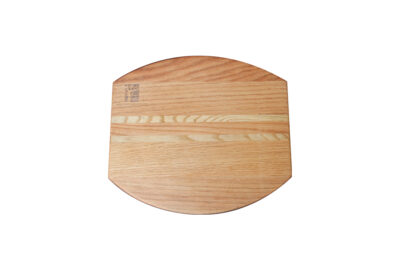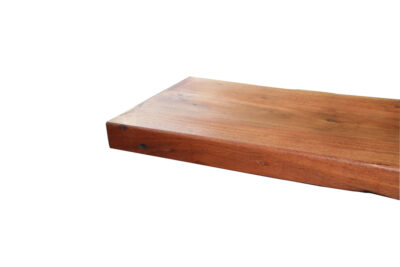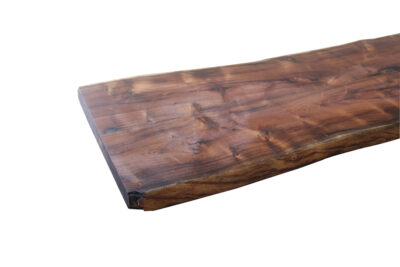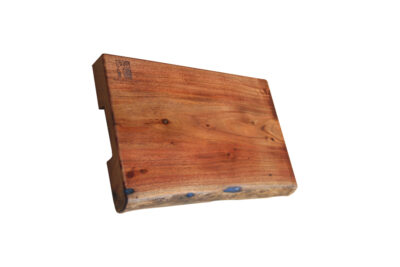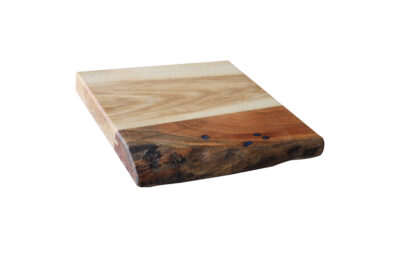Meat Cutting Board
A meat cutting board is a specialized cutting surface designed specifically for the preparation of meat. It plays a crucial role in ensuring food safety by providing a clean and stable surface for cutting, chopping, and carving meat. Here are some key considerations and features related to meat cutting boards:
Material:
Wood: Hardwoods such as maple and walnut are commonly used for meat cutting boards. Wooden boards have natural antimicrobial properties and are gentle on knife edges.
Plastic: High-density polyethylene (HDPE) or other food-grade plastic materials are popular for their durability, ease of cleaning, and resistance to moisture.
Size and Thickness:
Choose a size that accommodates the quantity and size of the meat you typically work with.
Opt for a thicker board if you plan to do heavy-duty cutting or carving to prevent the board from warping or becoming damaged.
Color Coding:
Some people use color-coded cutting boards to prevent cross-contamination. For example, red boards may be designated for raw meat, green for vegetables, and white for cooked foods.
Juice Grooves:
Some meat cutting boards come with juice grooves or trenches around the edges to catch and contain meat juices. This helps prevent cross-contamination and keeps your workspace cleaner.
Non-Slip Base:
To ensure stability during use, choose a meat cutting board with a non-slip base or feet. This helps prevent accidents and keeps the board securely in place.
Maintenance:
Clean the meat cutting board thoroughly after each use with hot water and soap. If the board is dishwasher-safe, follow the manufacturer’s instructions.
Regularly sanitize the board with a solution of diluted white vinegar or a mixture of water and bleach to kill bacteria.
Periodically treat wooden boards with food-grade mineral oil to maintain their integrity and prevent them from drying out or cracking.
Avoid Cross-Contamination:
Use separate cutting boards for raw meat, poultry, and fish to avoid cross-contamination with other foods.
Wash your hands, utensils, and the cutting board thoroughly after handling raw meat.
Versatility:
While a dedicated meat cutting board is essential for raw meat, having multiple boards for different types of food can enhance overall kitchen hygiene.
When selecting a meat cutting board, prioritize hygiene, ease of cleaning, and the prevention of cross-contamination. Regular maintenance and proper cleaning practices are essential to ensure a safe and sanitary food preparation surface.
Showing all 8 results
-
Acacia Wood Cutting Board
$99.00
